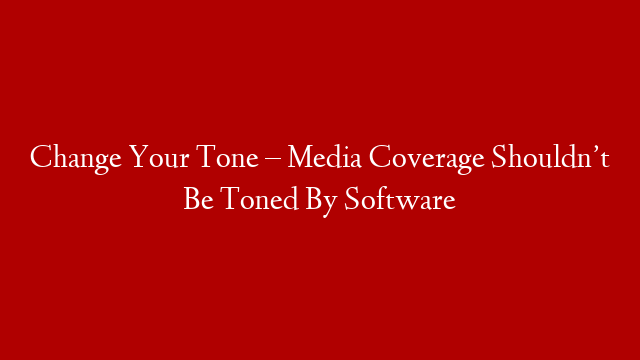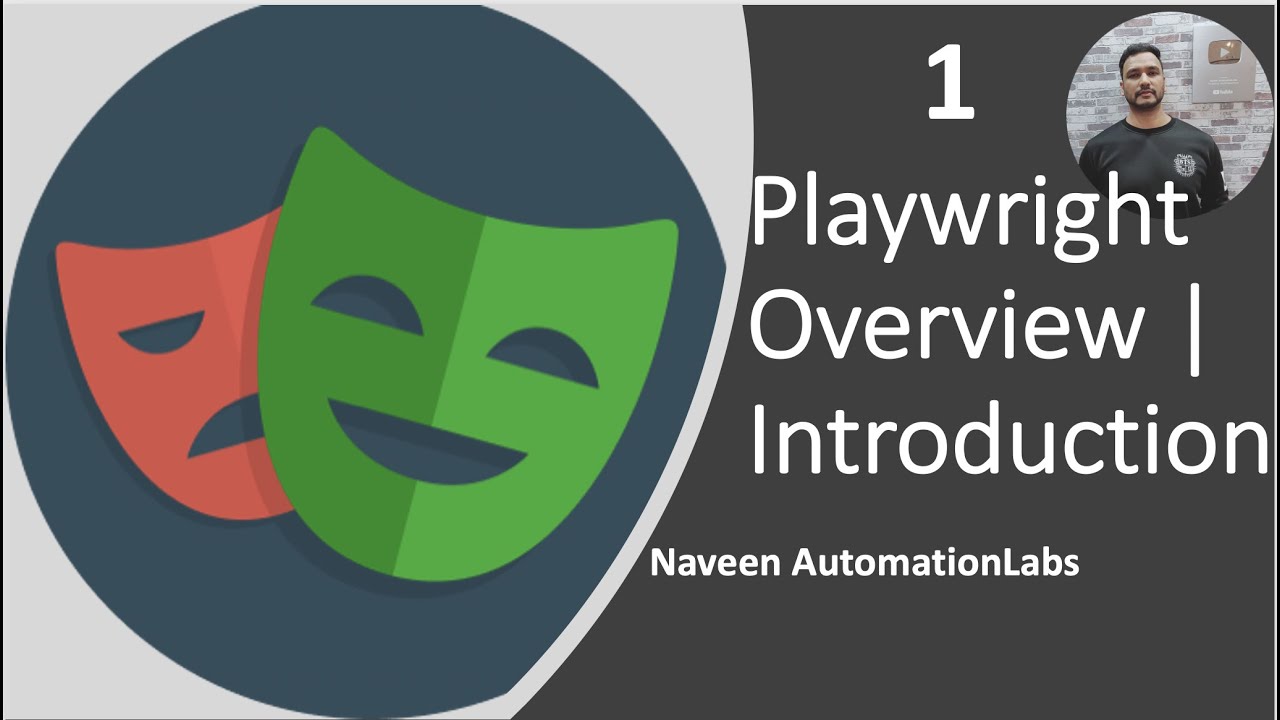The world of PR is benefiting from dramatic changes in the way media coverage is being delivered
electronically to your computer desktop or PDA of choice. Perhaps the nuisance of ink on your
fingers is being replaced by a bad case of “BlackBerry thumb” — but nevertheless getting your
media coverage electronically has never been easier or more mobile.
These changes now drive the development of new tools from content providers, and new software
programs to help better manage and analyze media coverage. The automation occurring at the
database level and through the real-time delivery of organizational news, to internal and external
stakeholders, is now almost taken for granted. And the holy grail of PR — to automate media analysis
and measurement — is already under way; but where should software stop to make way for human analysis?
Media analysis programs can save countless hours quantifying and sorting media coverage in an unlimited
number of ways, including by circulation, region, ad equivalency, company programs and services, and
competitive brands. However, do you really want a computer program qualifying how each story affects
your organization? It’s a gamble with little upside.
Just Say No
The automation of tone and sentiment has already been incorporated into some software programs, but how
accurate can it be? Every story, across every medium, will have a dramatically different meaning or impact
for various organizations and their stakeholders. Behind the news emerge both winner and losers.
For instance, if a negative story breaks about a strike at one bottling plant it will be a boon for its
competitors. The ability to determine which companies are negatively affected by the news is very limited.
Furthermore, understanding the actual tone or possible ongoing bias of the reporter on an issue is impossible
to automate. News is as much about delivering the facts, as it is provoking a reaction or emotion from the
reader. Media analysis solutions can certainly help decipher the facts, but the rest should be left to a
team of communications professionals.
Too Subjective?
The argument against toning media coverage has often been it is too subjective — if the news can be interpreted
differently by each individual, won’t this skew the results in the end? True enough — but this can easily be
solved with the introduction of a tone standardized ‘scorecard’ that is consistently applied to each story.
These scorecards can really vary, depending on the type of analysis you want to deliver in the end. Many
organizations will chose to tone stories by ranking them as positive, neutral or negative.
The use of these 3 words alone is where subjectivity problems can creep in. Along with team brainstorming
and training sessions on how tone can be applied, one quick fix is to use the C.B.S. Scorecard instead:
- Use Critical (in place of Negative.)
- Use Balanced (in place of Neutral)
- Use Supportive (in place Positive)
After reading an article, it is much easier to answer the question “Was that story critical, balanced, or
supportive of our organization?” Instead of: “Was that story negative, neutral or positive?”
When it comes to tone it won’t always be black or white, but I’d rather leave the grey zones to a trained
communications professional rather than to the guesswork of a software application.
When it comes to tone it won’t always be black or white, but I’d rather leave the grey zones to a trained
communications professional rather than to the guesswork of a software application.
Beyond the ranking of articles by tone using the C.B.S. Scorecard, other metrics and meanings can be used
in tandem to create and even stronger analysis. The following scorecard uses a scorecard range,
from – 5 to + 5, to provide a more in depth analysis.
Rating Criteria
+5
Supportive Mention + four of the following: Key Message; Interview; Photo; Call To Action
+4 Supportive Mention + three of the following: Key Message; Interview; Photo; Call To Action
+3 Supportive Mention + two of the following: Key Message; Interview; Photo; Call To Action
+2 Supportive Mention + one of the following: Key Message; Interview; Photo; Call To Action
+1 Supportive
0 Balanced
-1 Critical
-2 Critical Mention + one of the following: Negative Executive Mention, Positive Competitor Mention; Consumer Direct Complaint; Ongoing Issue
-3 Critical Mention + two of the following: Negative Executive Mention, Positive Competitor Mention; Consumer Direct Complaint; Ongoing Issue
-4 Critical Mention + three of the following: Negative Executive Mention, Positive Competitor Mention; Consumer Direct Complaint; Ongoing Issue
-5 Critical Mention + four of the following: Negative Executive Mention, Positive Competitor Mention; Consumer Direct Complaint; Ongoing Issue
Once each story is toned, the rest of analysis can be automated by your software solution. The tone can be
used independently to determine the success of the campaign by percentage of C.B.S. stories, but the tone
can also be used alongside the rest of the analysis to identify possible media bias or problem areas by
region or publication. The media is always analyzing your organization…why not return the favour?
New media monitoring and analysis technologies are certainly changing the face of media relations
activities and provide immense return on investment, but determining the impact of a news story on your
organization should be kept in human hands for the time being.



